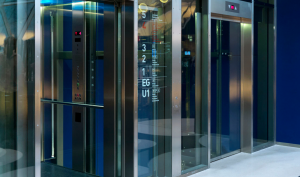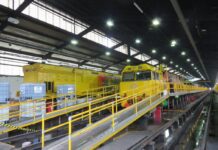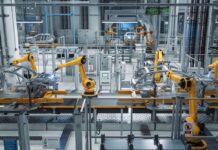ThyssenKrupp has developed the world’ first rope-free elevator system, which signals the end of the rope-dependent elevators some 160 years after its invention.

“MULTI elevator technology increases transport capacities and efficiency while reducing the elevator footprint and peak loads from the power supply in buildings. Several cabins in the same shaft moving vertically and horizontally will permit buildings to adopt different heights, shapes, and purposes,” the company stated in a media release.
The MULTI design can incorporate various self-propelled elevator cabins per shaft running in a loop, increasing the shaft transport capacity by up to 50% making it possible to reduce the elevator footprint in buildings by as much as 50%.
Featuring a multi-level brake system and inductive power transfers from shaft to cabin, MULTI requires smaller shafts than conventional elevators and can increase a building’s usable area by up to 25%.
“The overall increase in efficiency also translates into a lower requirement for escalators and additional elevator shafts, resulting in significant construction cost savings as well as a multiplication of rent revenues from increased usable space,” it says in the media release.
Even though the ideal building height for MULTI installations starts at 300 metres, the system is not constrained by a building’s height, allowing for freer building design which will no longer be limited by the height or vertical alignment of elevator shafts.
“MULTI is based on the concept of ThyssenKrupp TWIN’s control system and safety features, but includes new features such as new and lightweight materials for cabins and doors, resulting in a 50% weight reduction as compared to standard elevators, as well as a new linear drive – using one motor for horizontal and vertical movements.”
MULTI operates on the basic premise of a circular system and consists of various cabins running in a loop at a targeted speed of 5 m/s, enabling passengers to have near-constant access to an elevator cabin every 15 to 30 seconds, with a transfer stop every 50 metres.
“Per year, New York City office workers spend a cumulative amount of 16.6 years waiting for elevators, and 5.9 years in the elevators. This data provides how imperative it is to increase the availability of elevators,” said Andreas Schierenbeck, CEO of ThyssenKrupp Elevator AG.
The first MULTI unit will be in tests by 2016.




















